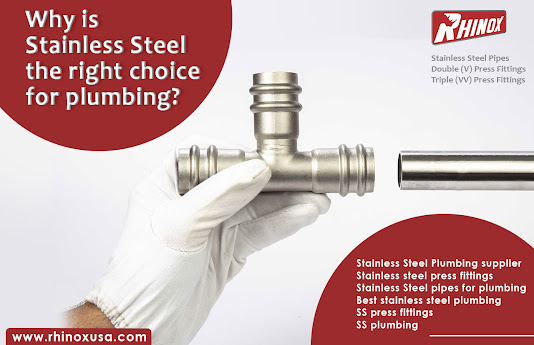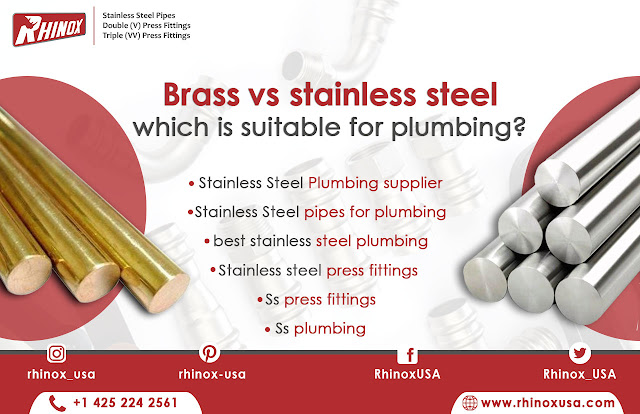Features of 316L Stainless steel
The corrosion-resistant plumbing stainless steel pipe 316L is an
excellent choice for high-stress applications. 316L also has high temperature
and corrosion resistance, which makes it great stainless steel for construction
and marine applications. As austenitic stainless steel, 316L features a low
carbon, chromium, nickel, and molybdenum content with excellent strength and
corrosion resistance.
The reduced carbon content in ss plumbing fittings 316L limits damaging precipitation of carbon during welding, where energy is lost from the metal as carbon is drawn out and combined with chromium, weakening corrosion resistance. In order to ensure maximum corrosion resistance, 316L is used when welding.
316L, a low carbon variant of 316, resists sensitization and
precipitation of grain boundary carbides. Due to its high gauge (over 6 mm)
welded parts, it is frequently used. It
demonstrates excellent resistance to chlorides and complex sulfur compounds in
pulp and paper industries, as well as superior corrosion resistance in marine
and industrial environments. Adding molybdenum to stainless
steel pipe fittings enhances its resistance to pitting corrosion and
provides higher creep resistance at elevated temperatures.
During welding, these low carbon alloys reduce
intergranular corrosion (as a result of carbide precipitation), reducing the
need for post-weld annealing. The final characteristic of 316L is that it is
well suited to heat treatment, but is not suitable for thermal treatment. plumbing stainless steel pipe Cold
working is a way to increase strength and hardness without reducing ductility. In addition to currently offering improvements in
machinability (through calcium injection), it can improve corrosion resistance,
weldability, as well as increase feeds and/or speeds and lengthen tool life.




Comments
Post a Comment